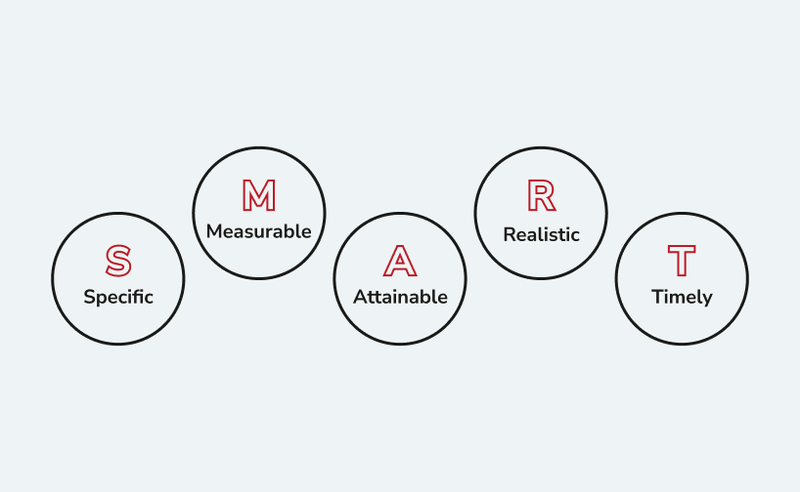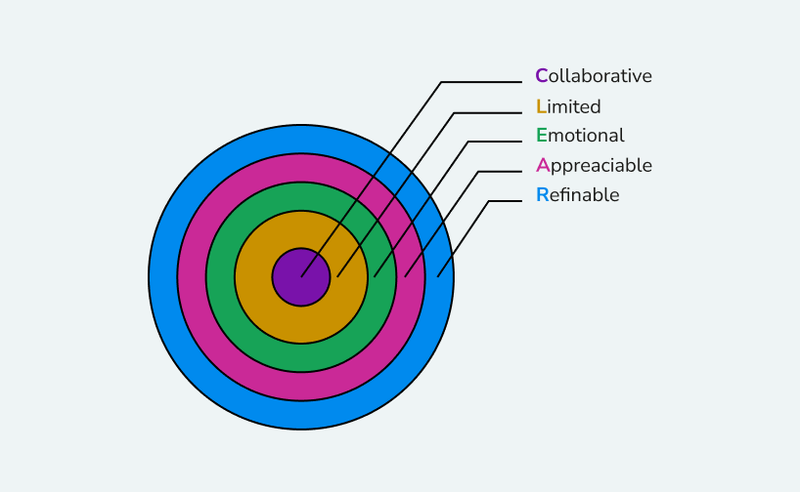Managing a project is an art. While most people think that project managers simply control the team members reminding them about deadlines, in fact they know the way and successfully execute the 5 phases of a project.
Every project lifecycle is divided into five project management phases, which are initiation, planning, execution, monitoring, and closure. These phases serve as a guide for all the team members while they perform complicated projects.
Knowing all the nuts and bolts of the project phases streamlines project execution and multiplies success chances.
In order to turn a project idea into a working product, certain processes should be run. According to the PMBOK Guide, a project lifecycle is broken down into five phases - Initiating, Planning, Executing, Monitoring & Controlling, and Closing.
Initiating
The goal of this phase is to get all the details about the project. The project manager communicates with the person who is initiating the project (usually, a senior executive) to define the scope statement, expectations about the timeline, any specific info such as business justification, people who should be involved in the project.
Having gathered all the necessary information, a Business Case or a Project Charter is created to document all the data and summarize it. This document usually includes the information about the project, key stakeholders list, project scope, schedule, budget and risks, people involved and their responsibilities.
Planning
The goal of this phase is to define the project scope and to prepare a project plan. Another important element of the phase is to set the project goals, which is usually done with the help of S.M.A.R.T or C.L.E.A.R methods.
S.M.A.R.T method assures that the goals are accurately examined and analyzed. It helps to reduce the risks and set measurable goals.

C.L.E.A.R is a newer method adapted to the dynamic nature of modern businesses and working processes.

Except for the mentioned documents like Scope Statement and Project Plan, this phase also includes the creation of WBS (Work Breakdown Structure), Communication Plan, Risk Management Plan, Schedule Management Plan, Cost Management Plan, and Resource Management Plan.
Executing
The aim of this phase is to establish and complete the deliverables. Starting with the kick-off meeting, the project manager here needs to establish efficient workflows, develop a team, assign resources, manage project execution, and monitor and update project schedule and plans if needed.
Monitoring & Controlling
The goal of this phase is to assure that the project results match the management plan. For this purpose, the KPIs (Key Performance Indicators) and Critical Success Factors (CSF) are used to make sure the project is on track.
Within this stage, the project manager may need to provide updates in project management plan, schedules, and resources. This will ensure the project is up-to-date and everything is on the right track.
Closing
This is the final stage of a project. During this phase, project managers usually conduct a meeting to communicate over the project success and failure. All the actions and results are evaluated to determine the areas for improvements.
Even though the project is in its closure stage, the project managers still need to prepare a document with the list of things not being accomplished and communicate with the responsible team members to complete everything. The final project report is provided with all the deliverables and documents stored.
Following the simple steps, preparing the required documents and updating them on time, the project manager mitigates risks and changes. Even though there might be left some actions incomplete, they can become a part of the next project. Ending on a positive note is essential both for the stakeholders and the team.





